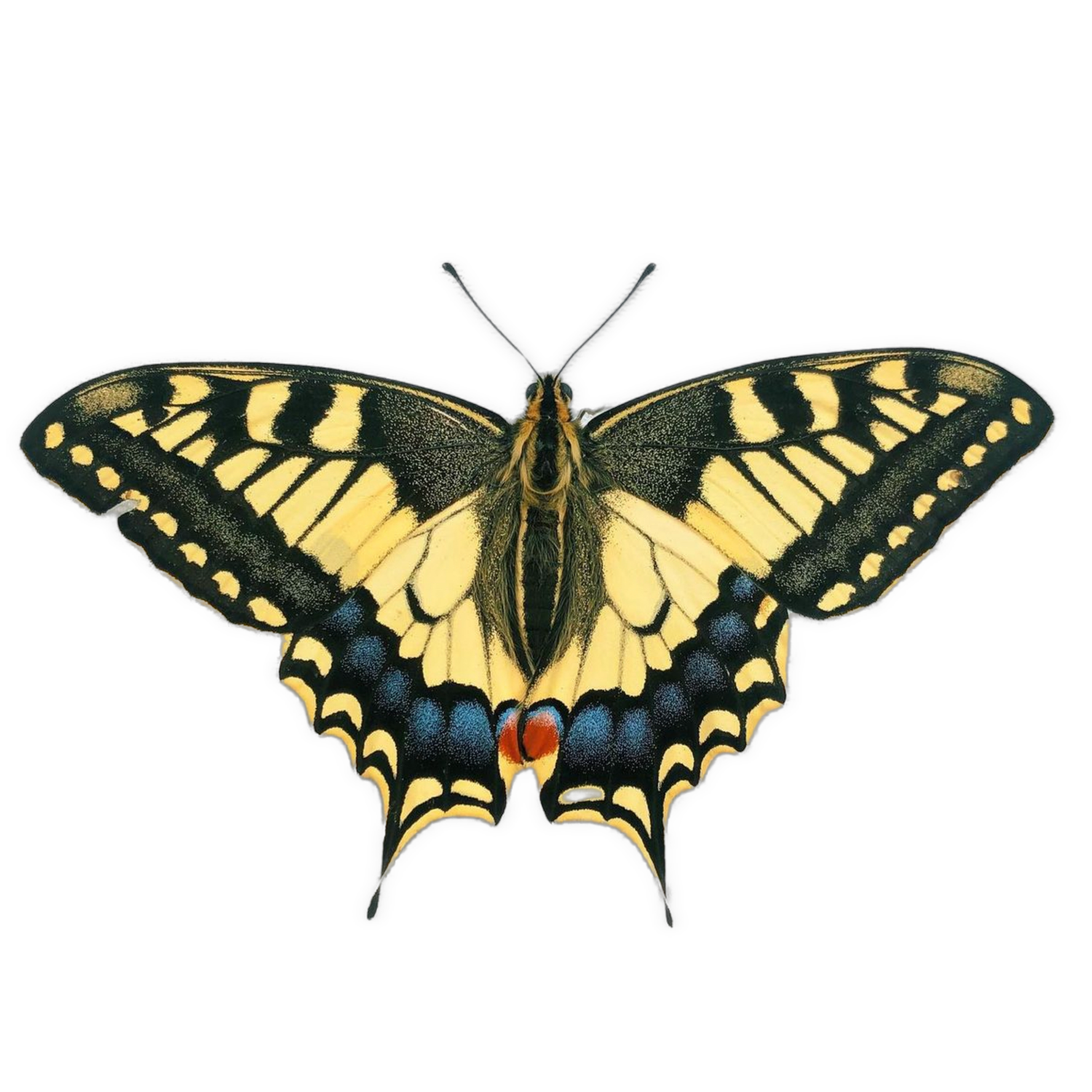RED Solling Fire Salamander LARVAE
From the Solling Forest of Germany, Salamandra salamandra subsp. terrestris (Lacépèdeis, 1788) is a species of very colourful salamander with fascinating natural history. Though they are brightly coloured in shades of red, yellow, and orange, the Fire Salamander actually gets its common name as it was often encountered escaping bonfires after using the logs and leaflitter as somewhere to hide. The breeding group consists of 1 red male, 1 red female, and four yellow females. The yellow individuals produce mostly red offspring when paired with the red male. This is a preorder listing for established larvae. Larvae are well-developed when born, and can be fed live bloodworms/whiteworms, daphnia and similar. At metamorphosis, they require shallow water before becoming completely terrestrial as juveniles.
From the Solling Forest of Germany, Salamandra salamandra subsp. terrestris (Lacépèdeis, 1788) is a species of very colourful salamander with fascinating natural history. Though they are brightly coloured in shades of red, yellow, and orange, the Fire Salamander actually gets its common name as it was often encountered escaping bonfires after using the logs and leaflitter as somewhere to hide. The breeding group consists of 1 red male, 1 red female, and four yellow females. The yellow individuals produce mostly red offspring when paired with the red male. This is a preorder listing for established larvae. Larvae are well-developed when born, and can be fed live bloodworms/whiteworms, daphnia and similar. At metamorphosis, they require shallow water before becoming completely terrestrial as juveniles.
From the Solling Forest of Germany, Salamandra salamandra subsp. terrestris (Lacépèdeis, 1788) is a species of very colourful salamander with fascinating natural history. Though they are brightly coloured in shades of red, yellow, and orange, the Fire Salamander actually gets its common name as it was often encountered escaping bonfires after using the logs and leaflitter as somewhere to hide. The breeding group consists of 1 red male, 1 red female, and four yellow females. The yellow individuals produce mostly red offspring when paired with the red male. This is a preorder listing for established larvae. Larvae are well-developed when born, and can be fed live bloodworms/whiteworms, daphnia and similar. At metamorphosis, they require shallow water before becoming completely terrestrial as juveniles.



